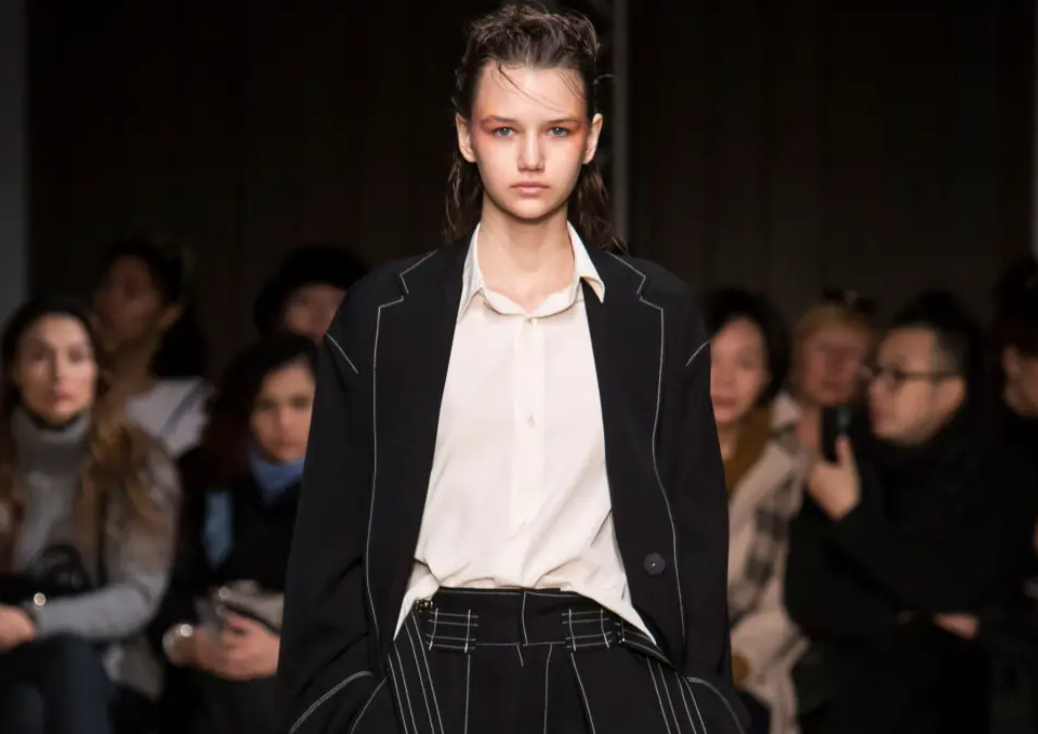
How did 1920s fashion make the Roaring Twenties boil over? Bernice wore a Bob; Suzanne Lenglen, a French tennis star, has created a sporting craze; Art deco style is popular in fashion; Chanel made the little black dress more comfortable for women...... Here's a detailed look at all of these '20s fashion trends.
Women's fashion The Tomboy Look
While mainstream women in the 1920s were not ready for the full swing of menswear, they had embraced the "La Garconne" look - which was boyish rather than macho.
La Garconne style is a word play on the feminine article for "man" in French, and it aims to dispel stereotypes of the female body by adopting a cut that drape over the feminine curve - without squeezing or constricting.
This style also called for a shortened hem, which until then only young girls could do, simply because they were not yet able to express their femininity through fashion.
The most popular Bob
In May 1920, Fitzgerald published a short story in the Saturday Evening Post, Bernice Bobs Her Hair, in which the Bob was hailed as an "epoch-making look."
Since then, the Bob has not only been the preserve of celebrities on screen and stage, it has become a widely adopted mainstream style. For a week's nights at fancy restaurants in Paris or New York, the Bob is the norm.
A rose-like skirt reveals the lower leg
Historians point to 1926 as the peak of the trend, when dresses and skirts began to rise, first to the ankle, then to the mid-calf and then below the knee. Flesh-colored stockings also appeared in the outfit.
What exactly is a Flapper?
A Flapper is a bird that has just learned to fly. The term Flapper Girls refers to the beautiful and flapper fashion girls of the 1920s. The new, thoughtful "Flapper Girls" cast off the constraints of traditional ladylike inhibitions to express their true selves.
In 1920, Frances Marion released The film "The Flapper," starring Olive Thomas. In those days, every girl wanted to be a "Flapper girl."
Cloche A new style of hat
Following the oversize pancake hat craze of the 1900s, the millinery gradually shrank into the cloche style in the 1910s and 1920s.
This hat style was popularized in 1908 by milliner Caroline Reboux and takes its name from the French word for "bell". It's also the perfect complement to a Bob - a helmet hat with a helmet hairstyle.
The Little Black dress revolutionized the wardrobe
Chanel's 1926 crepe little black dress is sleek, delicate and understated luxury, fully in line with the modern aesthetic. After a long and sad history of black as a mourning color, Chanel adopted black as a fashion color.
In addition, the simplicity of the little black dress is also very different from the past style. From the fabric point of view, Chanel's proposed silhouette can be created with a variety of fabrics, encouraging the civilianization of haute couture, because it is very easy to reproduce.
Fashion robe romantic silhouette
Another novel Style, known as the "Robe de Style," is also popular, though less well known. In sync with the era, this silhouette shows some leg lines, but unlike the tubular appearance, it also shows some body lines.
The typical feature of this dress is that the hemline is closed and wide, but there is no trace of the waist. It is breathable, ethereal and highly feminine.
Menswear trends
If Paris ruled women's wear during this decade, London set the tone for men, and in particular a gentleman named Edward VIII, then Prince of Wales.
Suits were reduced from three-piece to two-piece, and pinstripes, tweed and flannel became popular choices; Anything that evokes Savile Row tailoring and English country life is the epitome of the prince.

